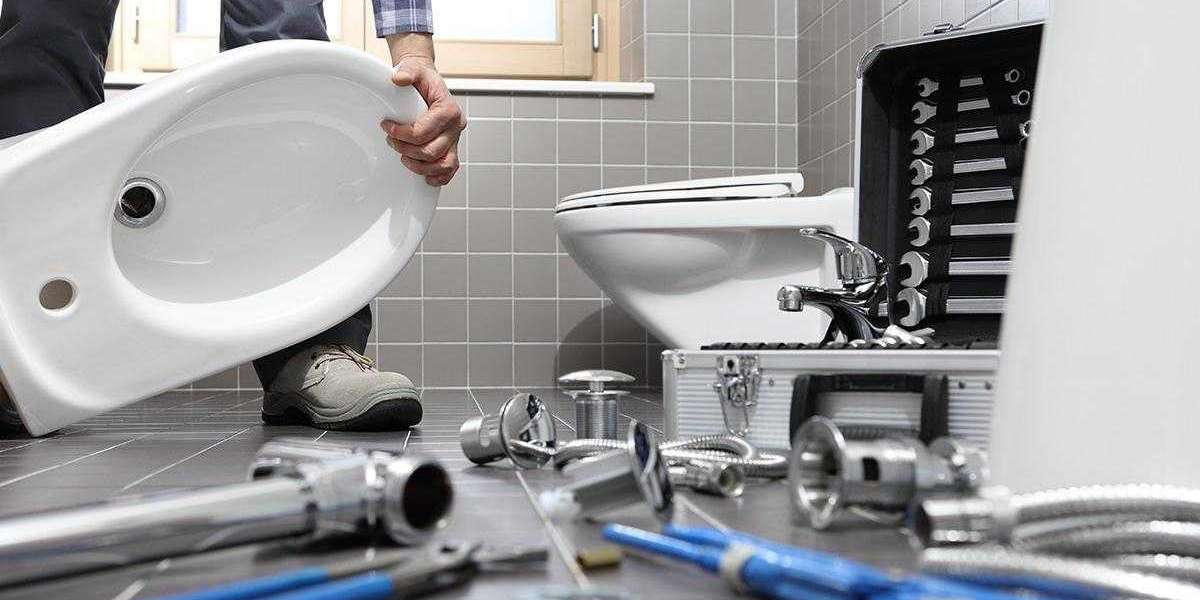In recent years, home automation has transformed the way we interact with our living spaces. This technology not only enhances convenience but also improves energy efficiency and security. If you are new to the concept of home automation, this guide will provide you with essential insights to help you embark on your journey.

Understanding Home Automation
At its core, home automation refers to the use of technology to control various systems and devices in your home remotely. This can include lighting, heating, security systems, and even appliances. Have you ever wondered how you can manage your home environment with just a few taps on your smartphone? The answer lies in smart devices that communicate with each other through a central hub.
Key Components of Home Automation
To get started with home automation, it is crucial to understand the key components involved:
- Smart Devices: These include smart bulbs, thermostats, locks, and cameras that can be controlled remotely.
- Central Hub: This acts as the brain of your home automation system, allowing different devices to communicate.
- Mobile Apps: Most smart devices come with dedicated apps that enable you to control them from your smartphone.
- Voice Assistants: Devices like Amazon Alexa or Google Assistant can integrate with your home automation system for hands-free control.
Getting Started with Home Automation
Now that you have a basic understanding of home automation, how do you begin? The process can be simplified into a few manageable steps:
- Assess Your Needs: Consider what aspects of your home you wish to automate. Is it lighting, security, or climate control?
- Choose Compatible Devices: Ensure that the devices you select are compatible with your central hub.
- Install and Configure: Follow the manufacturer's instructions to set up your devices and connect them to your hub.
- Explore Automation Options: Most systems allow you to create schedules or routines. For instance, you can set your lights to turn on at sunset.
Benefits of Home Automation
Investing in home automation offers numerous advantages:
- Convenience: Control your home from anywhere, whether you are at work or on holiday.
- Energy Efficiency: Smart thermostats can learn your habits and optimise heating and cooling, reducing energy bills.
- Enhanced Security: Monitor your home in real-time and receive alerts for unusual activity.
Conclusion
In conclusion, home automation is an exciting field that can significantly enhance your quality of life. By understanding its components and benefits, you can make informed decisions about which systems to implement in your home. If you wish to delve deeper into specific solutions, consider visiting  for expert guidance and resources.
for expert guidance and resources.







